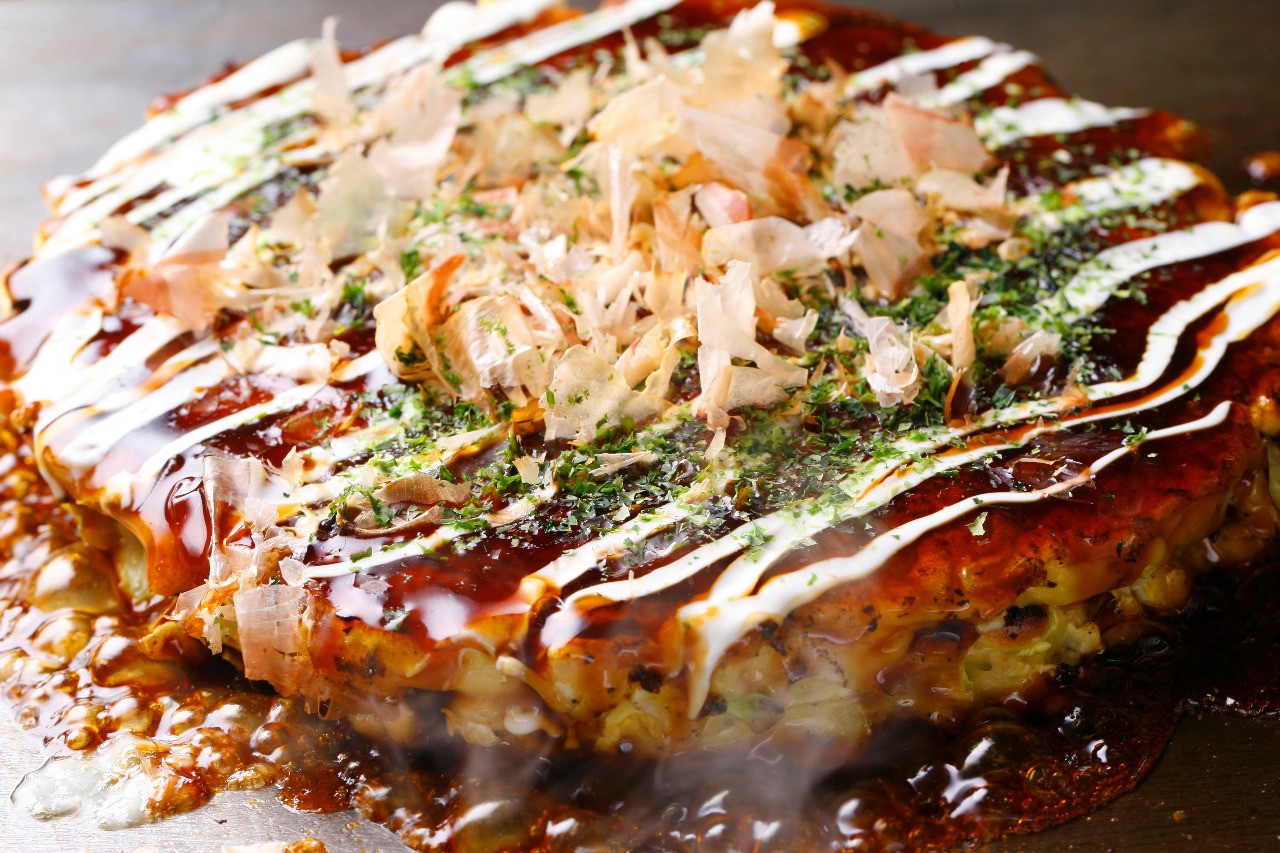





/112237873-56a541853df78cf7728759e8.jpg)
Japan is divided into distinct geographic regions, each of which has developed it's own unique culinary traditions. As a result travelers and tourists can encounter a diverse set of regional foods as they move from area to area. Japan is officially divided into eight different regions, Hokkaido, Tohoku, Kanto, Chubu, Kansai, Chugoku, Shikoku and Kyushu (including Okinawa). Since, each region has it's own unique dishes it's important to know where you are in japan, so that you can know what kind of food you will encounter.
The Hokkaido region is a northern prefecture that covers Japan’s second largest island. Hokkaido is known for its beautiful winters, national parks and fresh seafood. This is why most of the dishes you'll encounter in Hokkaido will contain seafood. Ishikari Nabe is a very popular dish among families and restaurants. Named after the Ishikari-gawa River, Ishikari Nabe is a miso-based hotpot filled with a large amount of salmon, stewed vegetables, and tofu.
The Tohoku region sits on the northern edge of Japan’s largest island, Honshuu. The region is popular for its scenic landscape that consists of mountains, lakes, and hot springs. Wanko Soba is both a specialty dish and a major attraction in Tohoku. Soba noodles are served in a small bowl with side dishes such as mushrooms and radishes set aside. What makes Wanko Soba so special is that it’s served as an all-you-can-eat dish.
The Kanto region is located on the east side of Japan, the Kanto region hosts many populated prefectures such as Tokyo and Kanagawa with a full view of Mt. Fuji. Monjayaki is such a popular dish there that there is a street in Tokyo dedicated to serving it to customers. The batter of Monjayaki is usually made from water, flour, and Worcestershire sauce. Other ingredients such as cabbage, meat and seafood, and anything else you’d like, are mixed into the batter.
The Chubu region stretches from coast to coast and sits between the Kanto and Kansai regions. Miso Katsu is one of the more popular dishes in the Chubu region. Miso Katsu uses a deep-fried pork cutlet as its main ingredient along with rice noodles. Miso katsu uses its own unique sauce made from a miso base.
The Kansai region is home to some of Japan’s most popular cities including Kyoto, Osaka, and Nara. Rural towns, famous castles, and old temples can also be found within its borders. There are two different versions of the okonomiyaki dish, the Kansai version and the Hiroshima version. As you would guess, you will find the Kansai version more in the Kansai region. There are many different ways to make okonomiyaki. Generally, you mix the batter consisting of flour, eggs, cabbage, and broth. The batter is placed on the grill until it looks somewhat like a pancake. Toppings usually include a choice of meat, seafood, cheese, and bonito flakes.
The Chugoku region is home to historic canals and capitals, and famous gardens and shrines, and delicious food. The Chugoku region offers something for everyone. Fugu Ryouri is made from a poisonous fish that can be prepared in a number of different ways. As with sashimi, it is sliced into pieces that are so thin, they’re see through. Those who prepare the fish are required to have a special training and a license before they can serve any fugu dishes. Other ways to enjoy fugu are in hot pots, and rice porridge.
The Shikoku region is the smallest of Japan’s main islands and is broken into four prefectures. However, this doesn't change the fact that the food in Shikoku is unique and tasty. Bouze no Sugata Zushi is a whole fish (such as Japanese butterfish, mackerel, and freshwater trout) that’s cleaned, then soaked in vinegar. It’s then stuffed with vinegared sushi rice.
The Kyushu region is Japan’s third largest island. It’s known for its pleasant climate and beautiful cities and scenery. Karashi Mentaiko is a well known dish in the Kyushu region. Karashi mentaiko is spicy roe. The roe is marinated in chili pepper, tougarashi sauce and served in a number of dishes that include rice balls, spaghetti, and even pizza.
As with every culture, Japan has its own interesting and unique religious practices. The oldest known religion that originated in Japan is Shinto. Shinto dates back to as early as the 8th century. Shinto is the worship of ancestors and nature spirits and a belief in sacred power in both living and nonliving things. Even today, Shinto is still a major religion in Japan right next to Buddhism. Even though Buddhism originated in India, the religion spread throughout Asia and eventually made its way to Japan. In year 525 the monarch of the Korean kingdom of Baekje sent a missionary to Japan with gifts, including an image of the Buddha, several ritual objects, and sacred texts. Overall, religion was and still is a large part of Japanese culture and history.
An image of the Ise Grand Shrine located in Ise, Mie Prefecture of Japan, is a Shinto shrine dedicated to the sun goddess Amaterasu. In Shinto "gods" are called Kami. Kami are sacred spirits which take to form of key elements in life, such as wind or rain. The Sun Goddess Amaterasu is considered to be Shinto's most important Kami. Today most people practice Shinto by praying at a home alter or by visiting shrines. People make offerings towards thhe Kami in hope of a range of different things.